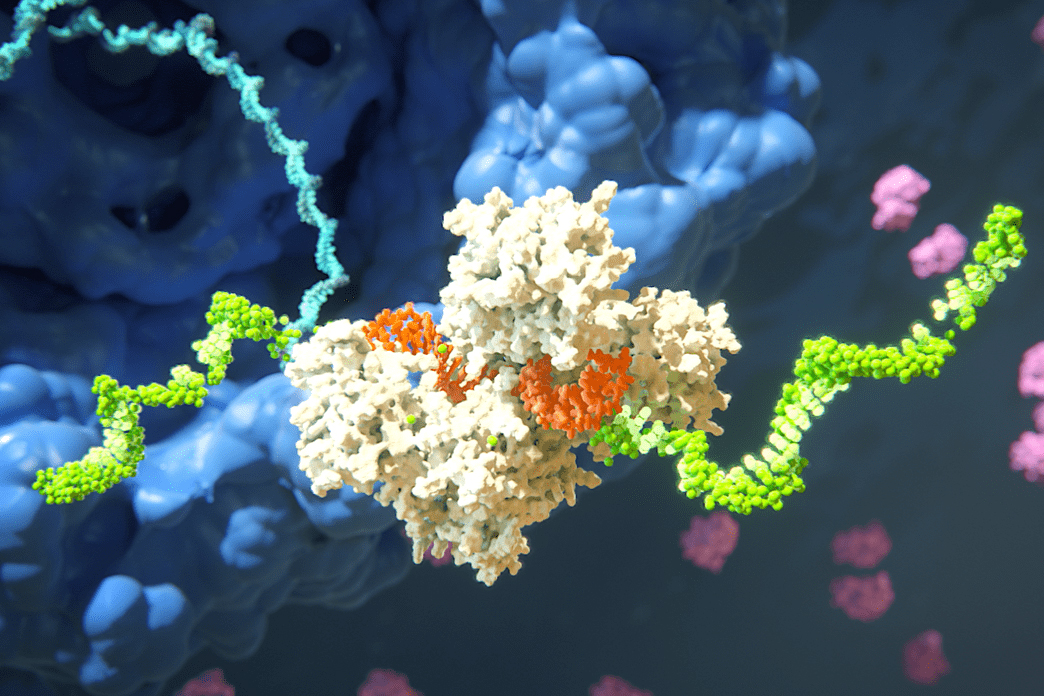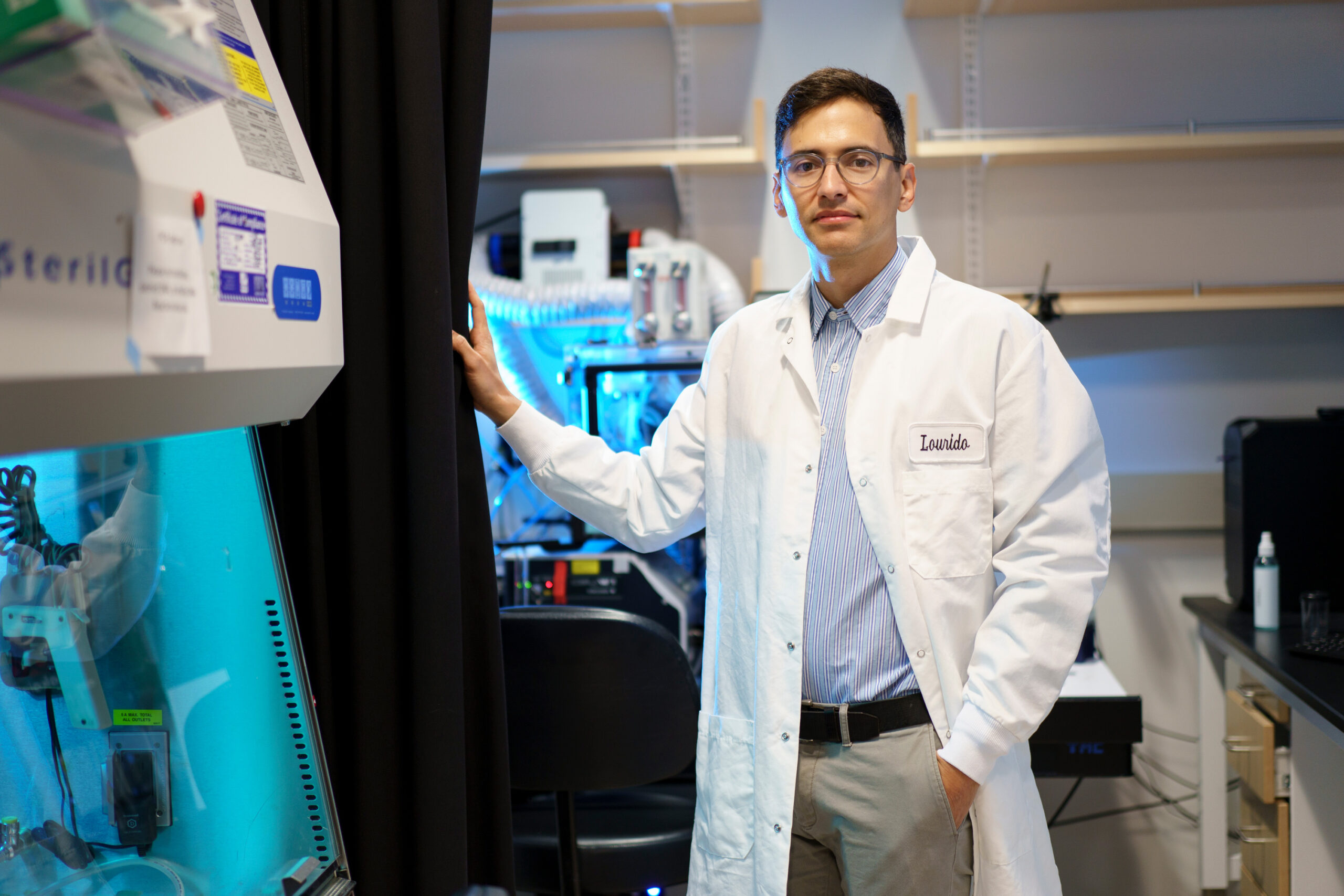Cell death is an essential part of life, occurring from early development through old age. Apoptosis, a critical form of programmed cell death, plays a crucial role in maintaining cellular balance. Insufficient apoptosis can lead to the overgrowth of cells, setting the stage for diseases such as cancer and autoimmune disorders. However, meticulous regulation is necessary as too much cell death can contribute to various neurodegenerative diseases.
Researchers at MIT’s McGovern Institute for Brain Research have leveraged insights from the microscopic roundworm Caenorhabditis elegans, recently recognized with its fourth Nobel Prize for contributions to science, to explore the complexities of apoptosis. Led by Robert Horvitz, the David H. Koch Professor of Biology at MIT, their findings were published on October 9 in the journal Science Advances. The study investigates the multitasking role of a particular protein that can both inhibit and promote apoptosis.
“The work conducted by graduate student Nolan Tucker and former graduate student turned MIT faculty member Peter Reddien unveils that a protein long thought to block apoptosis in C. elegans is instead associated with promoting it,” states Horvitz, who was awarded the Nobel Prize in Physiology or Medicine in 2002 for his pioneering work on cell death.
Understanding the Mechanisms of Cell Death
The team’s investigation into apoptosis has provided groundbreaking insights into how cells manage programmed cell death and regulate its occurrence. Unlike mammals, which utilize a complex network of proteins to control apoptosis, C. elegans rely on a simplified toolkit of just a few key proteins. This simplicity makes the effects of apoptosis easier to observe: too little results in an excess of cells within the translucent worm bodies, while too much can inhibit key biological functions, leading to failure in reproduction or even death during embryonic stages.
The Horvitz lab has methodically characterized several genes and proteins that govern apoptosis in these roundworms. Many of these regulators have human counterparts, making findings in these worms pertinent to understanding apoptosis in humans and identifying potential therapeutic targets for related diseases.
The Dual Function of CED-9 Protein
In the study, the researchers focused on three primary apoptosis regulators in C. elegans that actively trigger cell death. In contrast, a single protein, CED-9, is responsible for preventing apoptosis under normal circumstances. However, back in the 1990s, Horvitz’s lab recognized that CED-9 exhibited a dual role. While primarily protective, it also contributes to promoting cell death, a puzzling phenomenon researchers were eager to understand more deeply.
Mutations in the ced-9 gene can influence apoptosis in various ways. Most mutations disrupt CED-9’s protective function, resulting in excessive cell death. Conversely, mutations that inadvertently activate CED-9 lead to reduced cell death, similar to the effects caused by mutations in the three primary apoptosis-promoting genes.
An unusual mutation in ced-9 discovered by Reddien hinted at CED-9’s role in promoting cell death. This mutation affected the protein’s interaction with CED-4, another pro-apoptotic protein. Interestingly, the mutation led to a reduction in cell death, indicating that CED-9 needs to interact with CED-4 to fulfill its pro-apoptotic function.
The research team sought to test this hypothesis further. Tucker employed CRISPR gene editing to create varied mutations in ced-9, each targeting different regions relevant to CED-4 binding. Observations revealed that these specific mutations allowed the worms to survive but resulted in significantly more cells. “What I observed strongly suggested that an intact CED-9 was indeed essential for its role in promoting apoptosis,” Tucker said. These findings also indicated that CED-9 does not need to bind with CED-4 to protect against cell death, which runs counter to previous assumptions.
Implications and Future Directions
The discoveries made by this team not only clarify a long-standing mystery surrounding one of the primary regulators of apoptosis but also present new questions. “We think this central pathway of apoptosis was long considered well-understood; our findings could alter that perception,” Tucker remarked.
There are intriguing parallels between the findings in C. elegans and the human cellular death pathways. The human equivalent of CED-9 is the BCL-2 protein, mutations of which can lead to cancer. Like CED-9, BCL-2 can both promote and inhibit cell death, an area that remains murky in scientific understanding. Given that mitochondria play a pivotal role in initiating apoptosis in mammals as well, the Horvitz lab’s research opens up potential avenues for deeper comprehension of apoptosis regulation, along with its implications for human health conditions, including cancer, autoimmune disorders, and neurodegenerative diseases.
Photo credit & article inspired by: Massachusetts Institute of Technology



